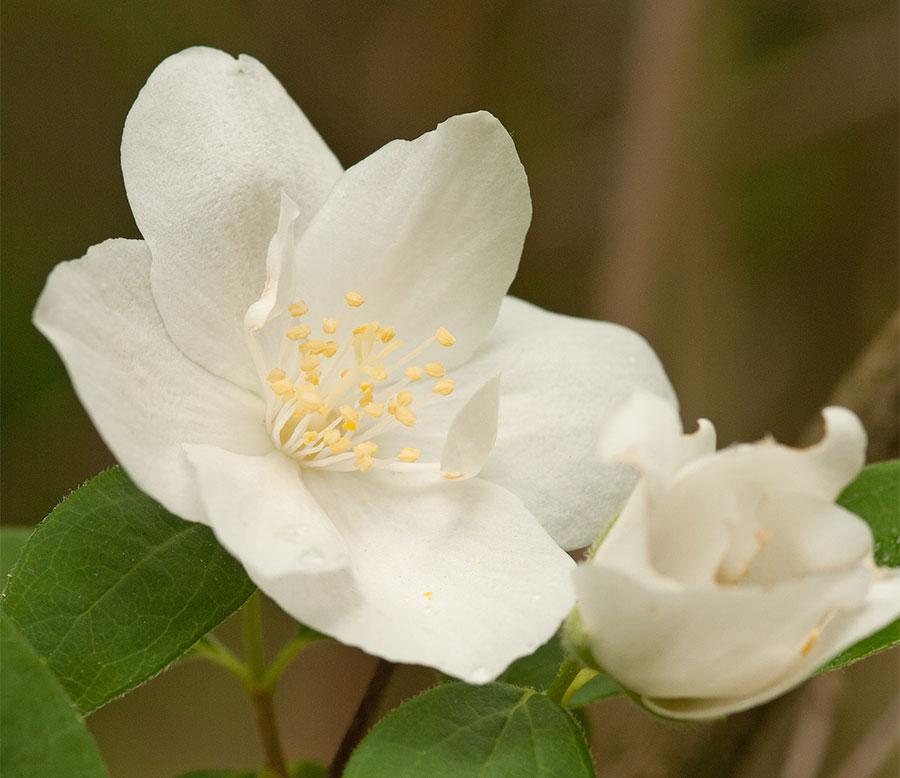UFO: Unusual Food Oddity: Patty Pan Squash
Plus Garden To-Do’s for March
By L.A. JacksonSummer squash aficionados will often debate the merits of straight-neck squash verses crook-neck — while occasionally adding zucchini to the conversation — just to seem intellectually inclusive. However, there is a fourth, although weird, choice: patty pan squash.
Patty pan squash, also called scalloped squash, might look like it was grown on Mars, but it is actually an old veggie that has been harvested from American veggie gardens since Colonial times. In appearance, it is flat, round and has wavy edges: think of Grandma’s pies or a flying saucer. But as odd as patty pan looks, it sure is tasty. I have found it to be slightly sweeter than regular squash.
This unusual squash is grown the usual squash way. In Carolina gardens, patty pans can be started around the middle to end of April, which gives you plenty of time to order seeds. Want easy-to-find selections? Well, if you are into 17th century gardening, the heirloom “Early White Bush” is one of the originals, with the pale “Peter Pan” (an All-American Selections winner) having a similar look. Prefer your edible UFOs more sassy? “Sunburst” comes in a sizzling yellow, only slightly cooled with a splotch of rich green.
March is a good time to prepare a place for patty pans in the vegetable garden. Pick a sunny, well-draining site and turn over the soil, mixing in plenty of organic matter such as compost, rotted manure or bagged commercial topsoil. Plantings should be spaced about 2 to 3 feet apart. By the middle to end of May, with seasonal heat on the rise, add 2 to 3 inches of organic mulch around the plants to help stabilize both soil temperature and ground moisture. Patty pans should be picked when they are about 3 to 4 inches in diameter.
Bugs that afflict common squash such as vine borers, aphids, squash bugs and pickleworms can also bother patty pans. For defense, natural, low toxic pesticides such as Neem oil or insecticidal soap are good bug boppers to try.
As far as how to eat this strange squash, cut-up and either sautéed, grilled, fried or steamed, it’s going to be a treat. Also, search online for baking recipes — many hollow out the patty pan centers, refill with goodies such as onions, herbs, mushrooms, cheese and bacon, and cook them in the oven. Very yummy!
Garden To-Do’s for March
- Spring is a time of rejuvenation, refreshment and rebirth in the garden. Proper prunings can certainly encourage new plant growth — but they must be timed correctly. In particular, wait until such early-blooming beauties as Carolina jessamine, azalea, weigela, deciduous magnolia, forsythia, flowering quince, kerria, winter daphne, redbud, dogwood, fringe tree, mock orange, spirea, snowball viburnum and camellia (Camellia japonica) have finished their fabulous flower shows before pruning.
- While waiting to plant patty pan squash, this month is a good time to sow the seeds of early bird veggies such as spinach, radishes, turnips, kale, garden peas and lettuce as well as potato tubers.
- After the threat of hard freezes is over, rake up and replace winter mulch around roses with a fresh organic covering for the new growing season.
- Disconnect the spark plug on your lawn mower and examine the blade. If its edges are dull, have it sharpened or replaced at a mower repair shop. A sharp blade slices grass blades cleanly, while a dull one rips and tears, which encourages lawn diseases to come out and play.
-
More March gardening tips
-
Share this story:







